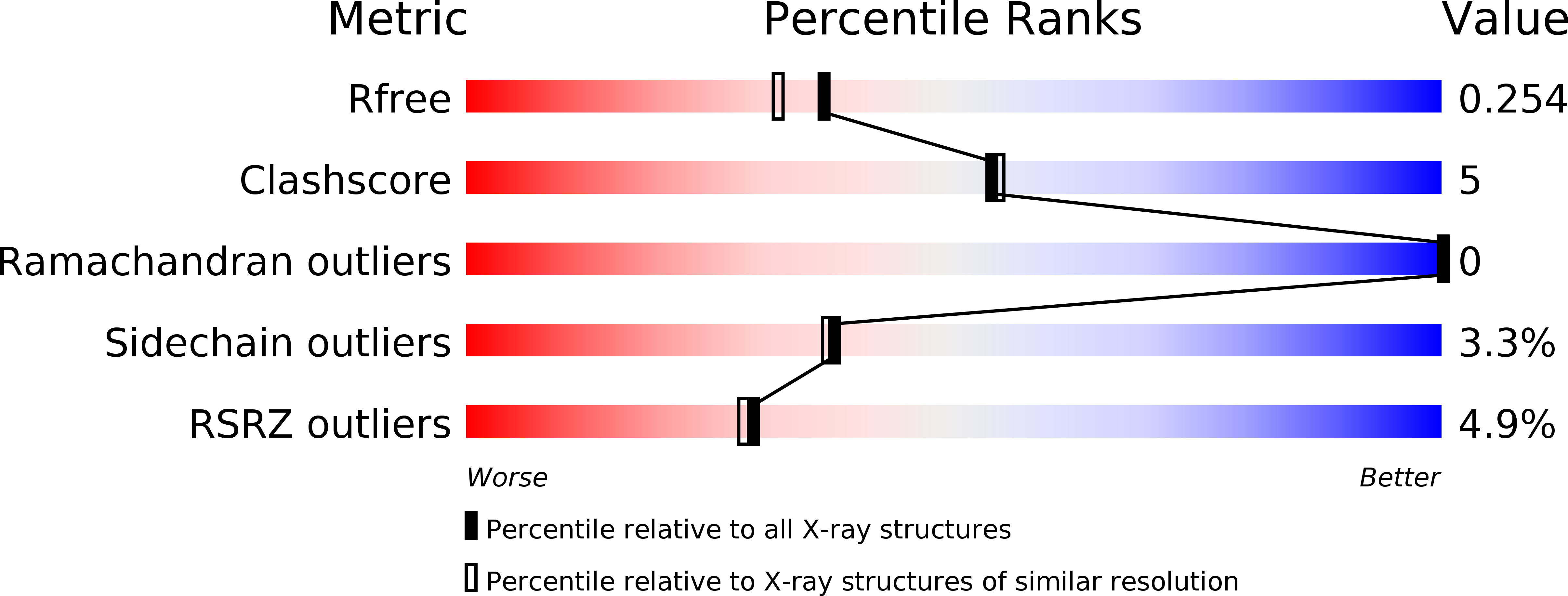
Deposition Date
2020-01-30
Release Date
2020-04-29
Last Version Date
2024-10-23
Entry Detail
PDB ID:
6LUR
Keywords:
Title:
Human PUF60 UHM domain (thioredoxin fusion) in complex with a small molecule binder
Biological Source:
Source Organism:
Escherichia coli (strain K12) (Taxon ID: 83333)
Homo sapiens (Taxon ID: 9606)
Homo sapiens (Taxon ID: 9606)
Host Organism:
Method Details:
Experimental Method:
Resolution:
2.00 Å
R-Value Free:
0.25
R-Value Work:
0.20
R-Value Observed:
0.20
Space Group:
P 21 21 21


